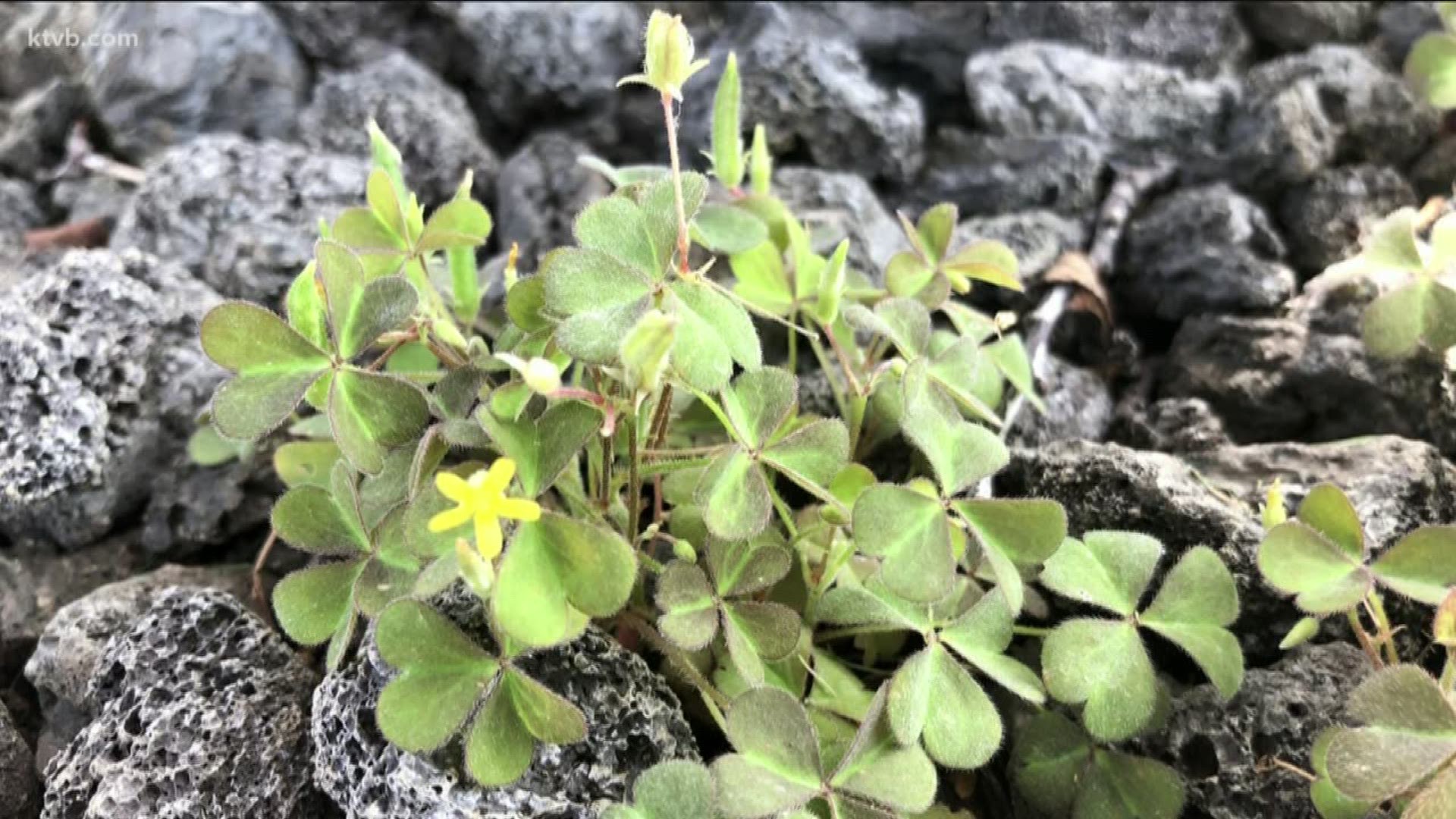Many of us grow vegetables in our gardens, but even if you don't, you just might have a whole produce section growing in your yard that you don't even know about.
That's because many of the plants we think of as weeds are actually wild greens that are edible.
Here are five of the more common edible weeds that you probably have growing in your own backyard:
Common broadleaf plantain
Common broadleaf plantain is a perennial plant that grows from spring to autumn. The entire plant is edible, especially the young leaves, that can be eaten raw or cooked. Many people blanch the leaves in boiling water to make them more tender, and then use them in salads and soups. Dried leaves make a healthy herbal tea. Plantain is rich in vitamin B1 and riboflavin.

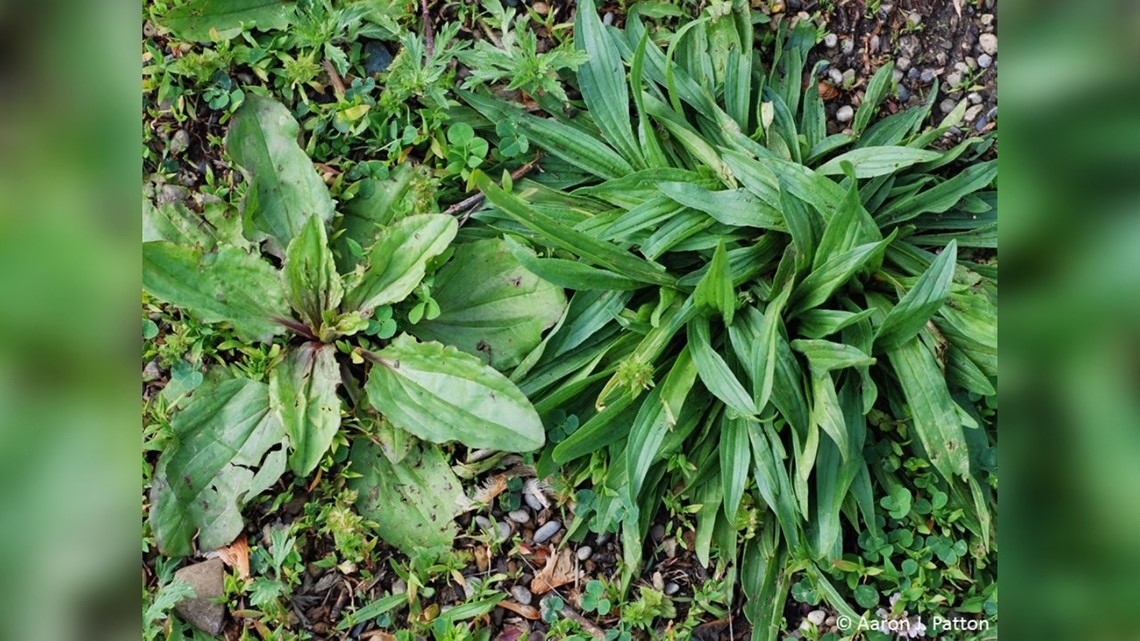
Common mallow
Another prevalent garden weed in common mallow. It's in the same family as okra, and all parts of the plant are edible. The leaves can be added to a salad, as well as the flowers. When cooked, the leaves secrete a thick liquid similar to okra that can be used to thicken soups and stews, and even beaten into a meringue-like substitute for egg whites. The flavor of the leaves is quite mild. Dried mallow leaves can be used for tea.

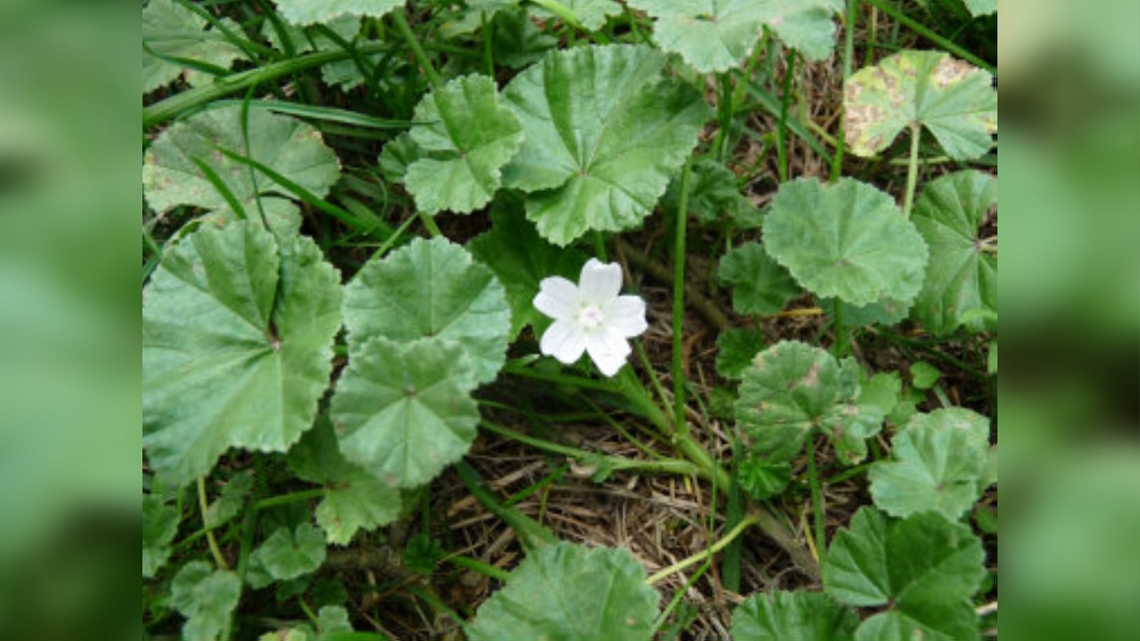
Purslane
You can easily find purslane growing along the edge of the garden or the flower bed, and even along the sidewalk or driveway. Purslane leaves are plump and succulent and the plant can be eaten as a cooked vegetable, or in soups and stews, or raw in salads. The leaves are high in omega-3 fatty acids as well as many vitamins and minerals that strengthen the immune system. All parts of the plant are edible, including the stems and flower buds.

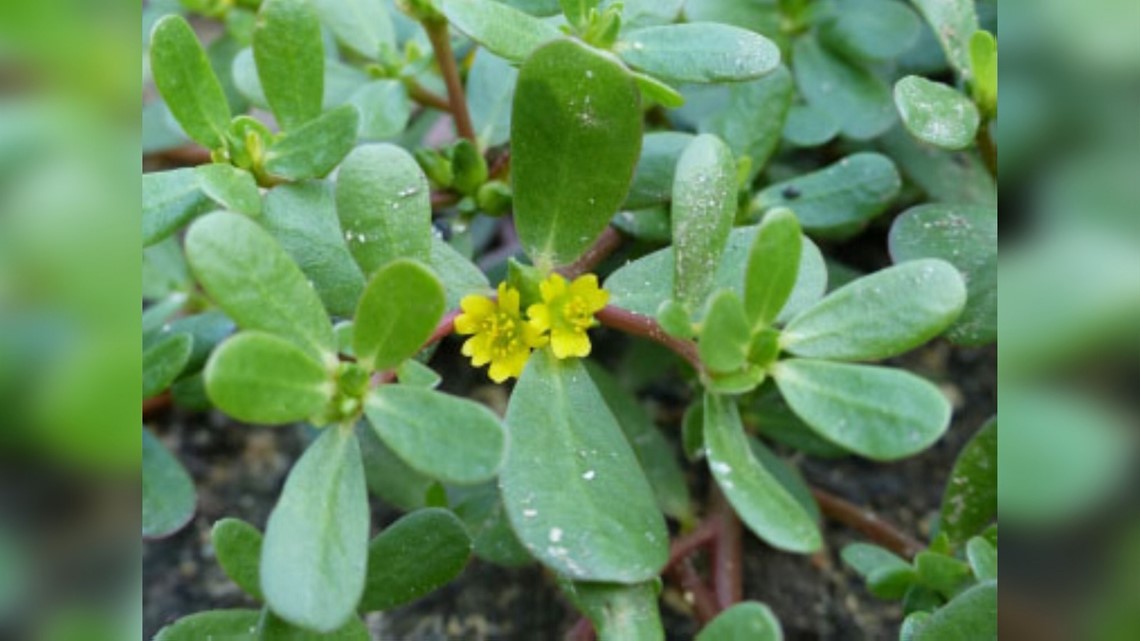
Oxalis
Oxalis, or wood sorrel, sprouts up in lawns and flower beds and resembles clover or shamrocks. Sometimes the leaves take on a bronze tint. Oxalis literally means "sour," since it contains oxalic acid, giving it a mild sour taste similar to lemons. In fact, while the leaves are edible raw, they can be chopped into water with sugar to make a lemonade-like drink. The plant is high in vitamin C. It's an incredible thirst quencher and is refreshing to eat, and dried leaves can be sprinkled on food as a seasoning.

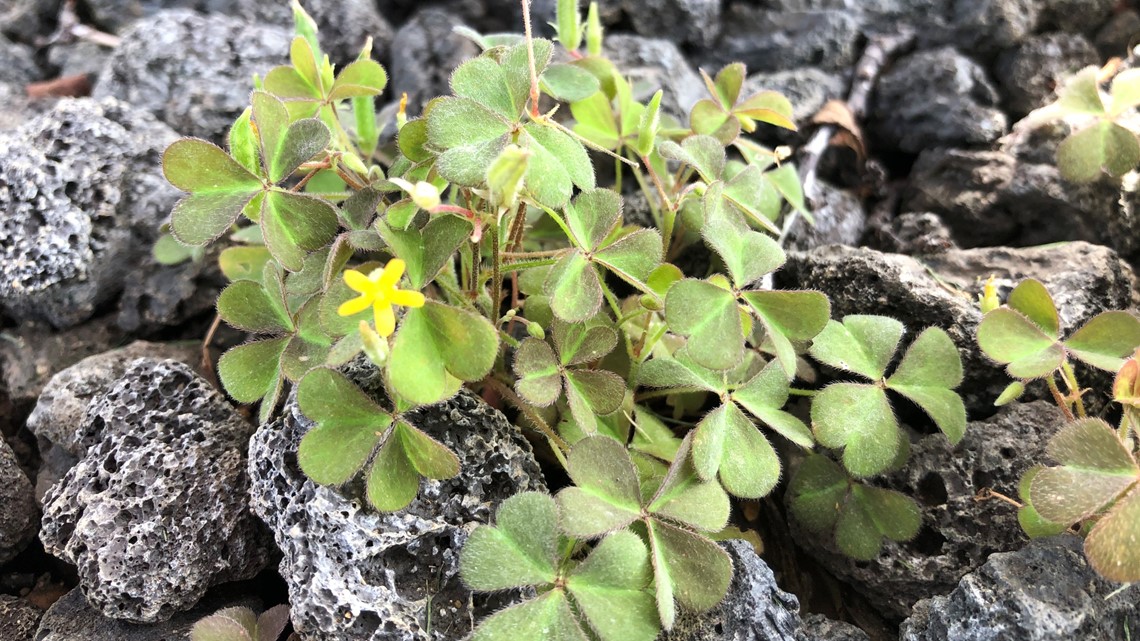
Dandelions
Dandelions grow in almost every lawn and garden, and they're more nutritious than many of the fruits and vegetables we buy in the grocery store. The entire plant is edible, including the leaves, the roots and the flowers. Leaves can be added to a salad or cooked. Flowers can be made into juice, and the root can be roasted and made into a coffee substitute. Young leaves, or those picked from shady areas, are less likely to have a bitter taste. Dandelions are a rich source of vitamins A, B, C, E and K, as well as many essential minerals, especially potassium. And there's as much calcium in a handful of dandelion greens as there is in a half cup of milk.

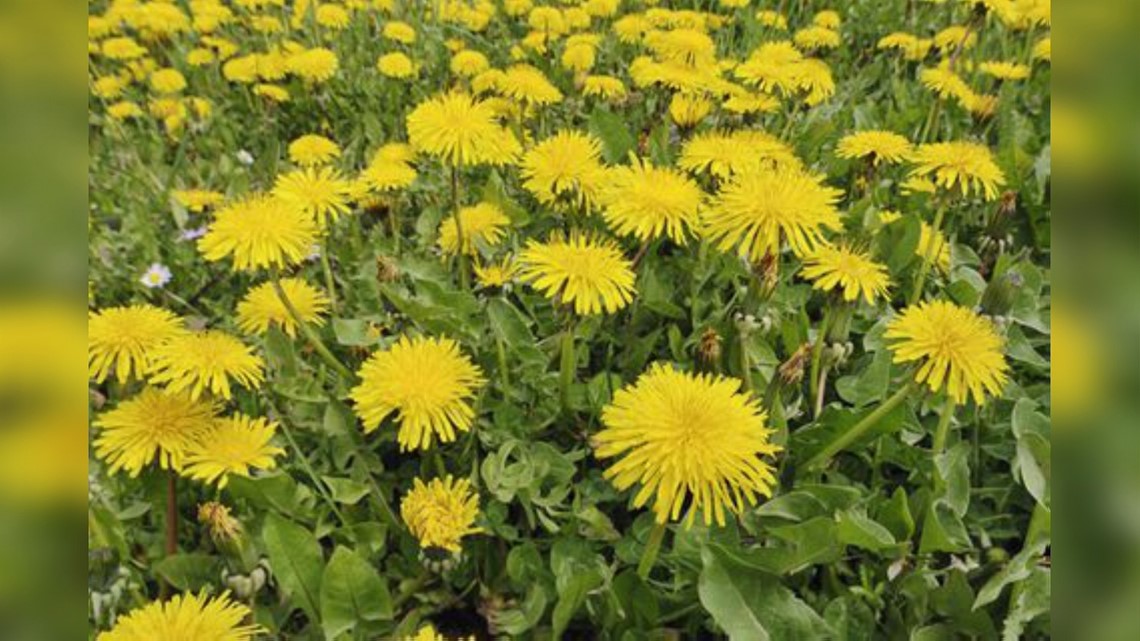
KNOW WHAT YOU'RE PICKING
If you do decide to harvest some edible weeds to eat, make sure you know what you're picking. Many wild plants are not edible, and some may even be toxic. So be sure you know what it is before you eat it.
Also, before you start eating weeds out of your garden, be sure to only pick from areas that have not been treated with pesticides or herbicides. And thoroughly wash any of the plant that you will be eating raw.
And, like many fruits and vegetables, not every part of an edible weed may be good to eat. But it just goes to show that what we consider a nuisance weed can actually be a tasty, nutritious thing to eat. And you can grow it, often whether you want to or not.
Watch more 'You Can Grow It':
See them all on our YouTube playlist here:

